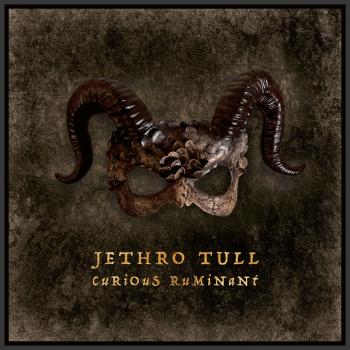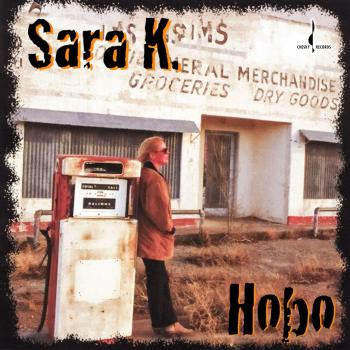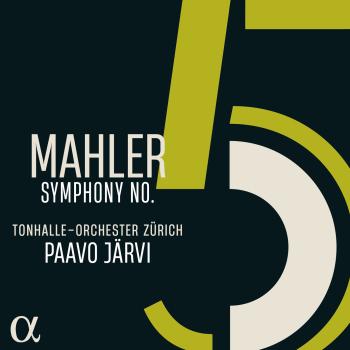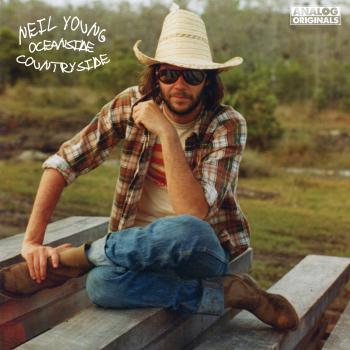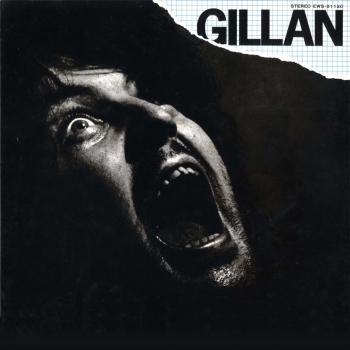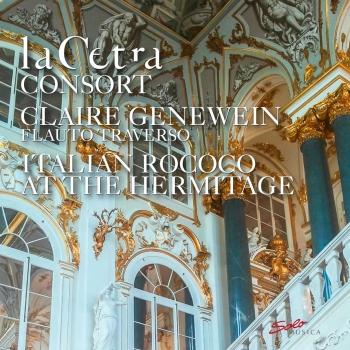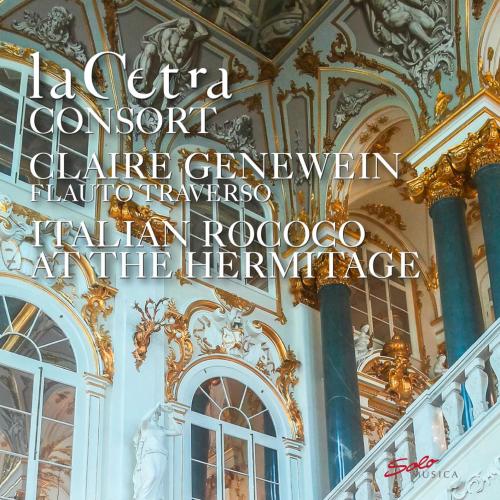
Italian Rococo at The Hermitage La Cetra Consort
Album info
Album-Release:
2017
HRA-Release:
09.06.2017
Label: Solo Musica
Genre: Classical
Subgenre: Chamber Music
Artist: La Cetra Consort
Composer: Baldassarre Galuppi, Tommaso Giordani, Anton Ferdinand Titz, Giovanni Paisiello (1740-1816)
Album including Album cover Booklet (PDF)
I`m sorry!
Dear HIGHRESAUDIO Visitor,
due to territorial constraints and also different releases dates in each country you currently can`t purchase this album. We are updating our release dates twice a week. So, please feel free to check from time-to-time, if the album is available for your country.
We suggest, that you bookmark the album and use our Short List function.
Thank you for your understanding and patience.
Yours sincerely, HIGHRESAUDIO
- Baldassare Galuppi (1706-1785): Trio per il Flauto Traverso, Violino e Basso:
- 1 I. Allegro moderato 06:16
- 2 II. Andante 02:12
- 3 III. Allegro 03:28
- Concerto a quattro No. 1 in G Minor:
- 4 I. Grave e adagio 02:36
- 5 II. Spirituoso 04:01
- 6 III. Allegro 03:29
- Tommaso Giordani (1730-1806): 6 Flute Trios from Songs in the Italian Operas: Flute Trio in C Major:
- 7 I. Allegretto 02:23
- 8 II. Larghetto 03:10
- 9 III. Rondeau 02:03
- Anton Ferdinand Titz (1742-1810): String Quartet No. 1 in C Major:
- 10 I. Allegro 05:52
- 11 II. Rondo 04:00
- Giovanni Paisiello (1740-1816): Flute Quartet in G Major, Op. 23, No. 3:
- 12 I. Allegro spirituoso 04:35
- 13 II. Minuetto. Trio 01:50
- Baldassare Galuppi: Flute Concerto in D Major:
- 14 I. - 03:58
- 15 II. Adagio. Piano sempre 04:56
- 16 III. Allegro assai 03:13
Info for Italian Rococo at The Hermitage
In the 18th and 19th centuries, the Hermitage in St Petersburg not only housed famous art collections, which were made accessible to the public after the October Revolution, but also hosted glamorous musical events. Catherine the Great had the Hermitage Theatre built, which still stands to this day, and the operas that were magnificently staged there were central to courtly festivities. The idea for this CD came in conjunction with Claire Genewein’s elevation to Doctor of Creative and Performing Arts at the University of Leiden in the Netherlands in June 2014. In her thesis, she showed that in 18th century Italy, instrumental music was rehearsed with the aid of textual reflections – a method which, over time, was almost completely lost and which is hardly practised today.
This CD documents the tradition of the mutual interaction between vocal and instrumental music and makes this stimulating impetus audible. La Cetra Consort consists of members of the La Cetra Baroque Orchestra Basel, who cultivate this genre within a smaller and more intimate setting.
La Cetra Consort
La Cetra Barockorchester Basel
La Cetra Barockorchester was founded in 1999 at the initiative of Dr. Peter Reidemeister, then Director of the Schola Cantorum Basiliensis and rapidly became recognized internationally as one of the leading ensembles in historically informed performance practice. The name La Cetra is taken from the title of Antonio Vivaldi’s collection of 12 violin concertos op. 9 first published in Amsterdam in 1727. La Cetra refers to the ancient lyre or zither.
Most of the musicians are graduates of the Schola Cantorum Basiliensis, the Swiss elite training centre for early music. The ensemble collaborates with the research department of the Schola Cantorum offering the possibility for musical programming and preparation supported by the most recent musicological findings. The discovery of works of composers such as Brescianello, Venturini or Paisiello have enriched the orchestra’s repertoire. This ranges from the early seventeenth century works of Monteverdi through to symphonies of the classical and early romantic periods.
La Cetra’s Artistic Director since 2009 is Andrea Marcon, internationally known as one of the preeminent conductors of Baroque and early Classical repertoire. He has brought new impulses and a fresh approach to the rich and often rediscovered repertoire of the period. Most recently, for example, Antonio Caldara’s La Concordia de’ pianeti was brought to life for the first time in nearly 300 years and recorded for the Deutsche Grammophon label.
Over the years, La Cetra has worked regularly with a number of well-known guest conductors, among them Jordi Savall, René Jacobs, Attilio Cremonesi or Gustav Leonhard, as well as soloists such as Andreas Scholl, Vivica Genaux, Magdalena Kožená, Patricia Petibon or Giuliano Carmignola, to name a few. The repertoire and the occasion determine the size of the orchestra which can go from a smaller Consort to a full-fledged orchestra with chorus and soloists. The La Cetra Vokalensemble was established in 2012 at the initiative of Andrea Marcon and appears regularly with the orchestra in opera and oratorio, as well as on its own.
La Cetra’s mission is to bring to life the music of the past with a fresh, dynamic and contemporary approach. Resounding public and critical acclaim in the major international festivals, in Europe’s leading concert halls and through a wide range of broadcast and CD productions give testimony to the orchestra’s brilliance.
Booklet for Italian Rococo at The Hermitage


